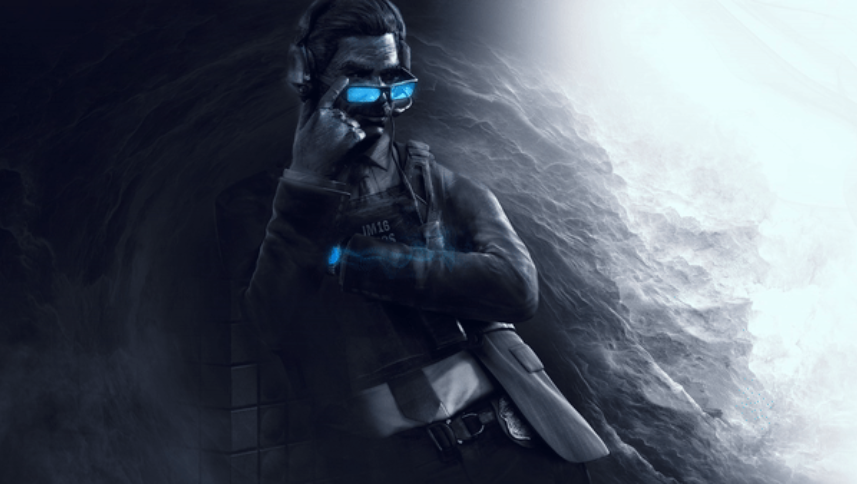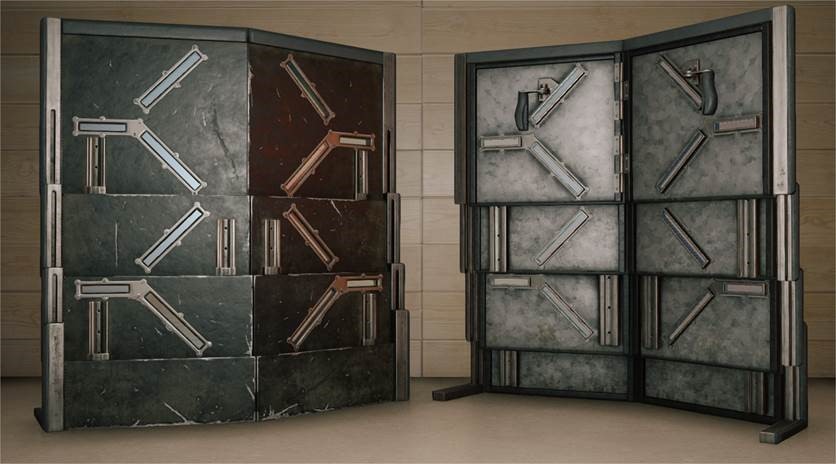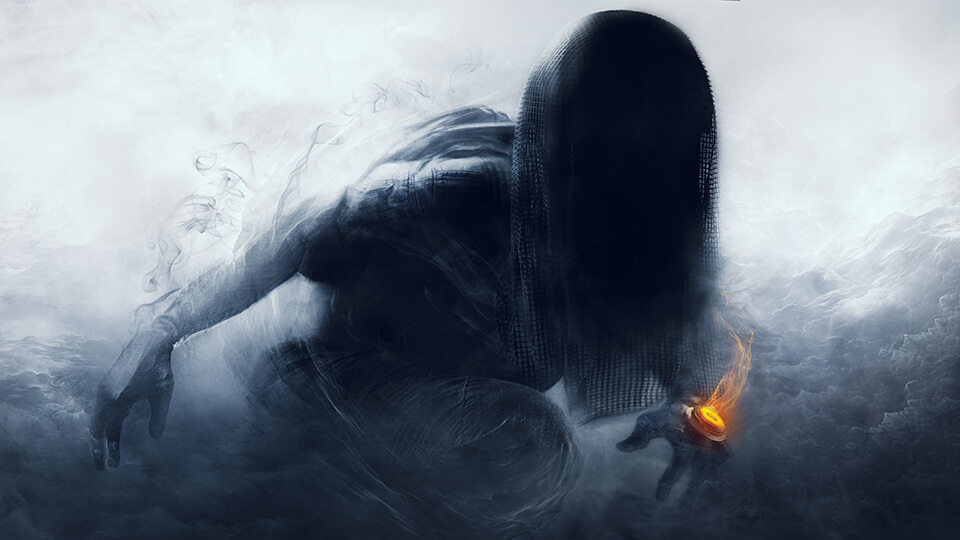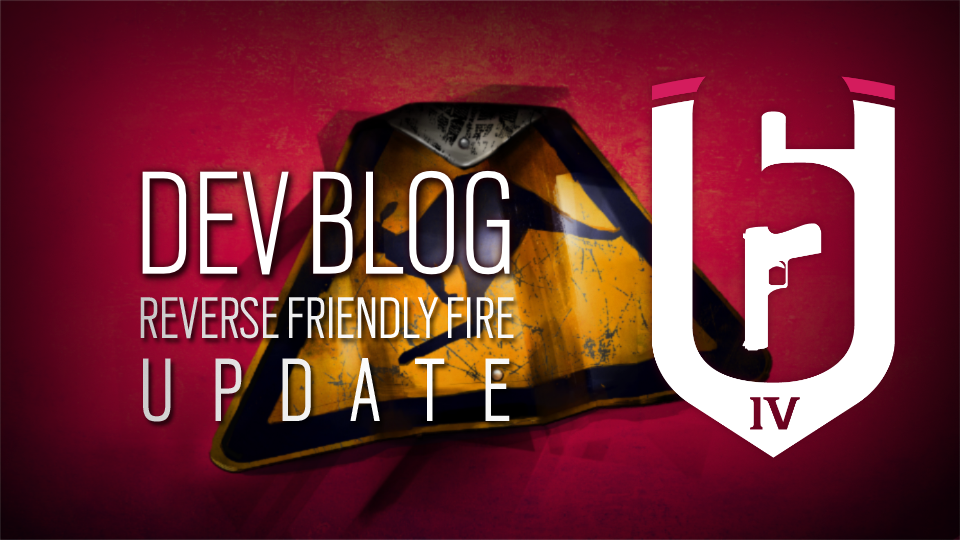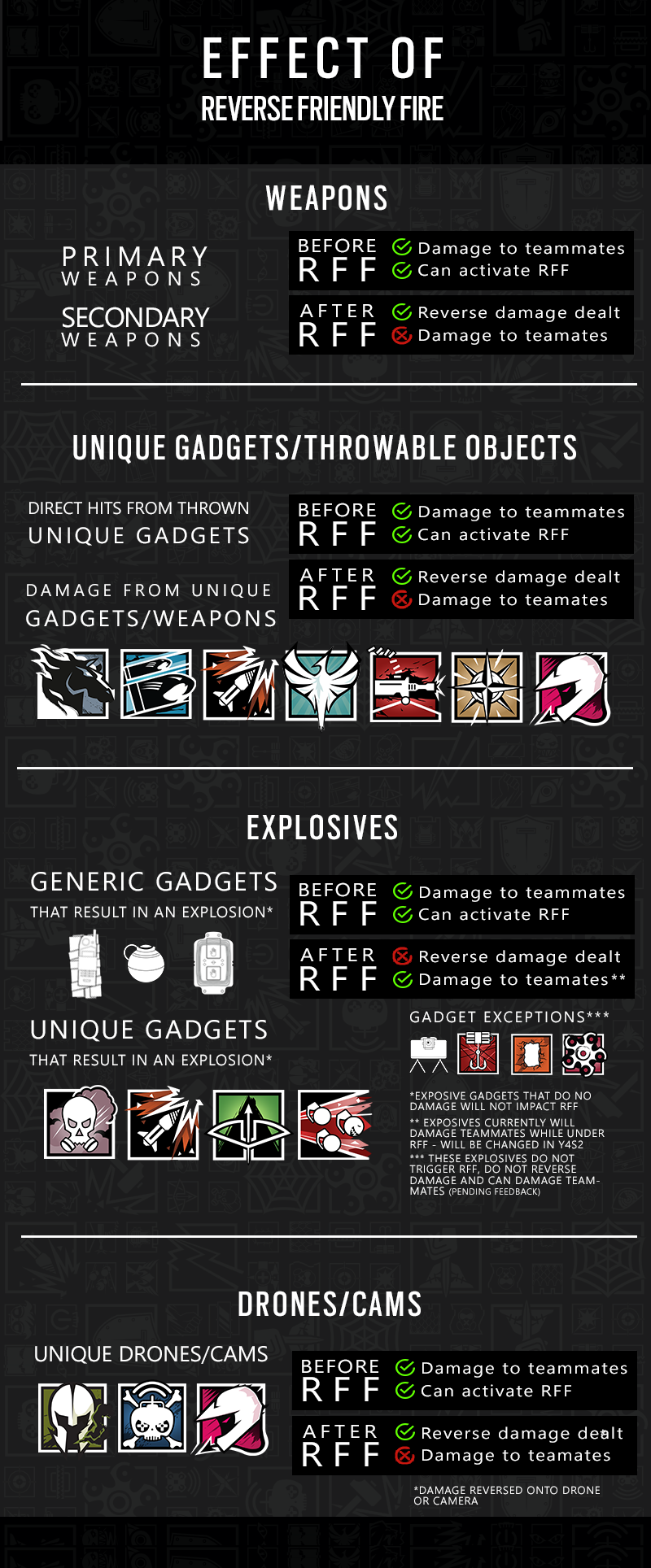
As Rainbow Six Siege begins its transition from the burnt skies of Australia to Operation Phantom Sight, Ubisoft has shared its latest Designer Notes for gadget reworks coming in the near future. Most notably, Glaz’s powerful thermal scope will soon be modified to nerf his entry fragging power.
Glaz
Glaz will now have to stand completely still to get the most out of his thermal scope that highlights enemies through smoke. Moving his feet will progressively dim the the bright yellow highlight until it turns off completely, represented by the yellow notches on the side of the scope in the gif below.
Ubi initially designed Glaz as a long-range sniper, but quickly found that he was rarely used this way by players. To encourage this, they added the thermal scope, but this only made the problem worse. The scope “made Glaz frustrating to play against and became a very strong close-range operator,” Ubi wrote today.
Making Glaz less lethal while mobile is an interesting rework idea, but I’m skeptical about how much of an effect it’ll have. Glaz players will definitely be incentivized to move less through smoke, but entry fragging still seems at least party possible. If the yellow highlight returns as quickly as it fades, a Glaz could still step into a smoke cloud and spot an enemy through it. One interesting wrinkle to this equation will be the new defender Warden, who is rumored to have special hardware that lets him see through smoke and flash grenades. At the same time that Glaz’s scope is growing weaker, he’s got a new counter to deal with.
Deployable Shields
Ubi still isn’t ready to deploy the new deployable shield design shown off at the Year 4 reveal, but it did share an interesting update to the new design. The black mirror slits shown back in February have been tweaked to be normal bulletproof glass. The hope is to give defenders a better reason to use the deployable shield by allowing safe vision through it. The catch is that the attacker on the other side can see through it as well.
The two-way glass feels like a reasonable compromise. If left as one-way, it would act like a mini Mira window and give the defender way too big of an advantage. Now, it’ll take clever timing for a defender to peek up from a shield while an enemy can see them through it. No word on a release date, but Ubi said the new deployable shield will deploy “when they are ready.”
Smoke
After a successful rework to Capitão’s fire bolts ironed out their propagation issues (fire poking through walls and not spreading correctly), Ubi is exploring applying the same breakthrough to Smoke’s toxic babes. “Smoke’s gas clouds are sometimes clipping through objects, and we are looking to improve its interaction with the environment, and reduce the frustration stemming from misleading visual information,” the post reads.
Although the smoke canisters can be inconsistent, it’s worth noting that they’re far more reliable than Capitão’s original fire bolts. Ubi is also investigating how to tweak the rendering of Smoke’s gas and how much damage it deals. “Reworking a gadget in this way so as not to affect performance is a difficult and time-consuming task, so we do not have an ETA for when it will be complete.”
Shield operators
Addressing a growing concern that shield operators are kind of busted, Ubi says it's taking a hard look at shield operators, but didn't announce any changes coming immediately in this update. In theory shields encourage stronger team play, but inconsistencies with their performance and general balancing issues with melee is making some shield interactions frustrating. According to Ubi, “the frustration generated by certain shield operators is being investigated and we’re exploring possible solutions that still allow shield operators to feel like a solid frontline choice.”
Shield operators work best when their power comes from the teammates supporting them. As long as shield melee is an instant kill and Blitz is designed to completely blind his foes when they get close, shields will continue to be more frustrating than fun. They need a rework across the board.
Other changes
- The Desert Eagle can now be equipped with a muzzle brake or a suppressor. This seems to be in preparation for new attacker Nøkk, who is seen using the Desert Eagle in her reveal.
- Smoke’s FMG-9 has now the option to be equipped with Mozzie’s special holographic sight, apparently called the Vortex scope.
- Out of consistency, Finka's stim boost will alleviate the loud ringing noise caused by explosions.
- Ubi is still looking into Maverick’s blow torch and whether or not it’s too quiet or its audio is bugged.




